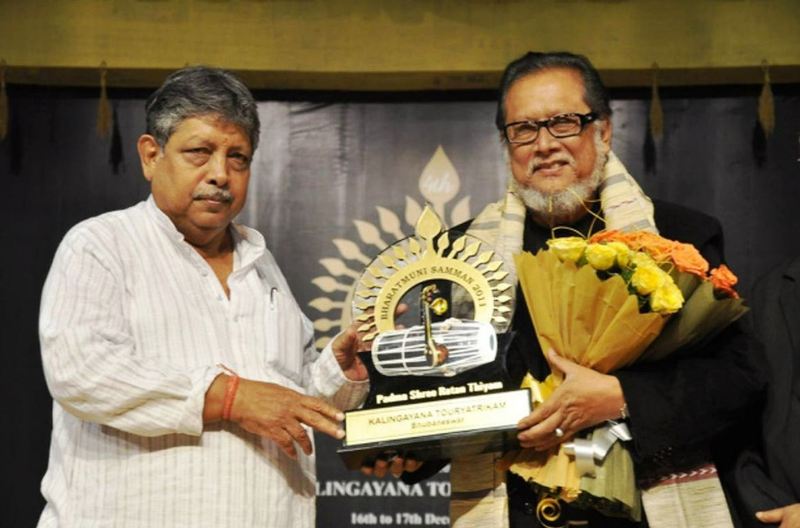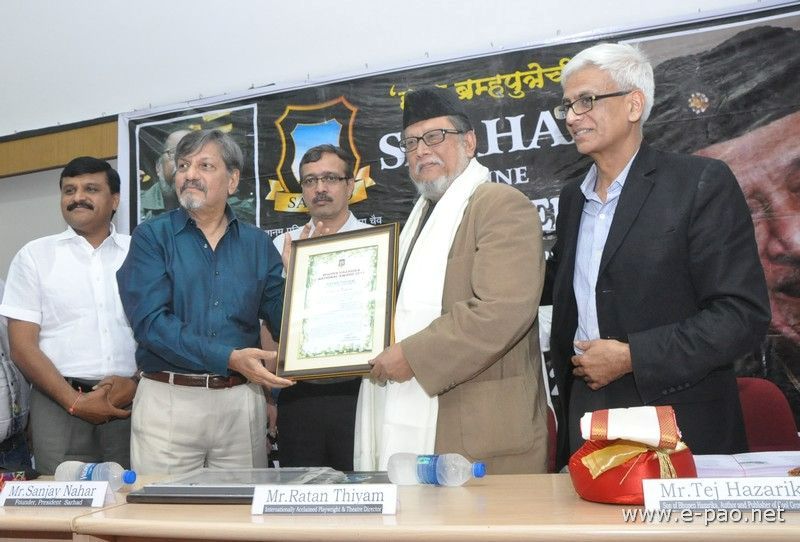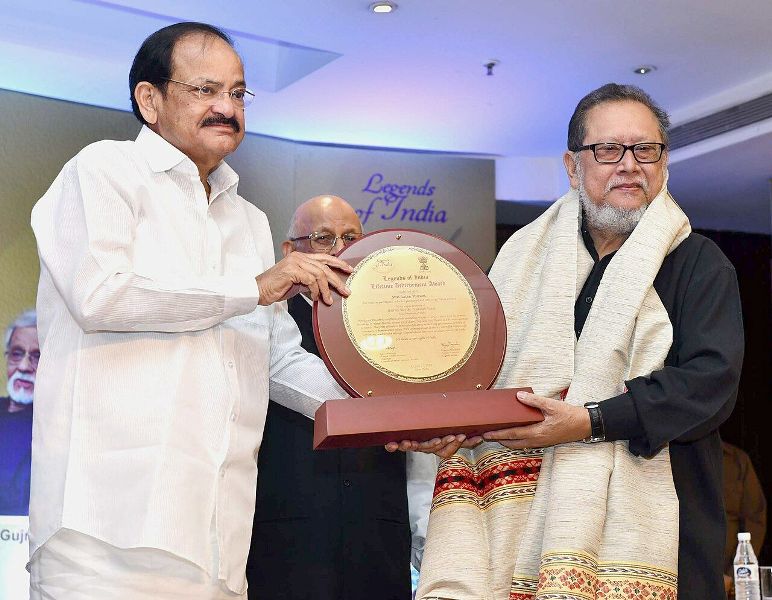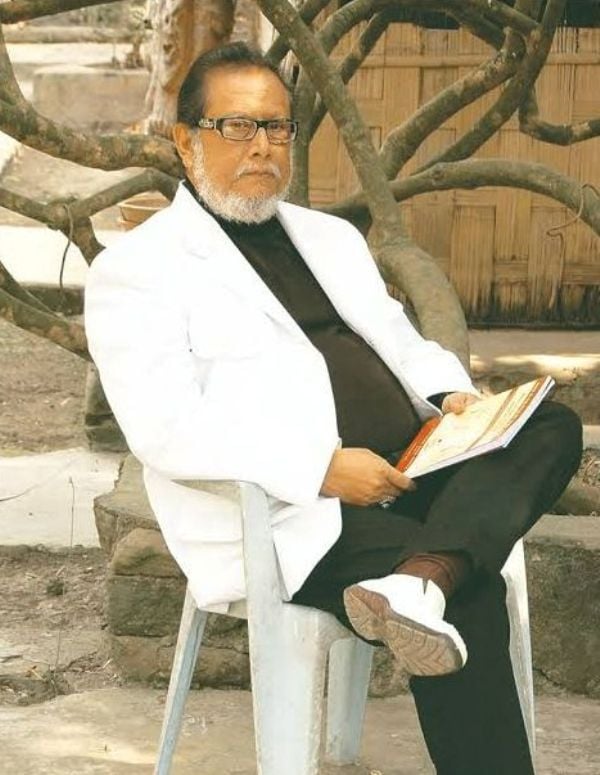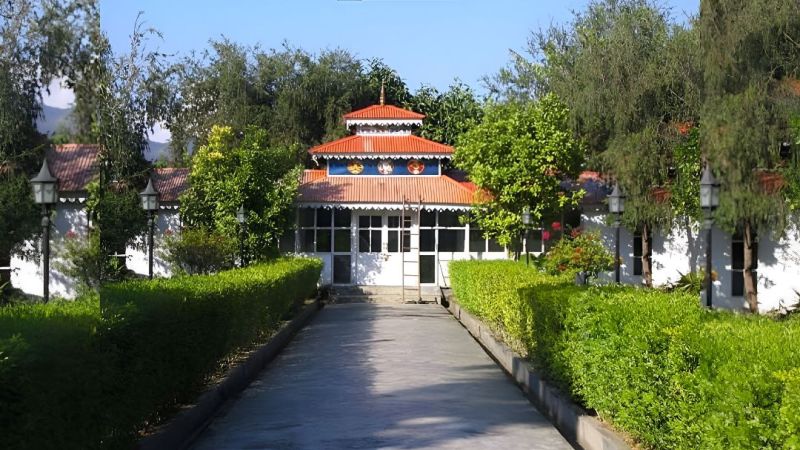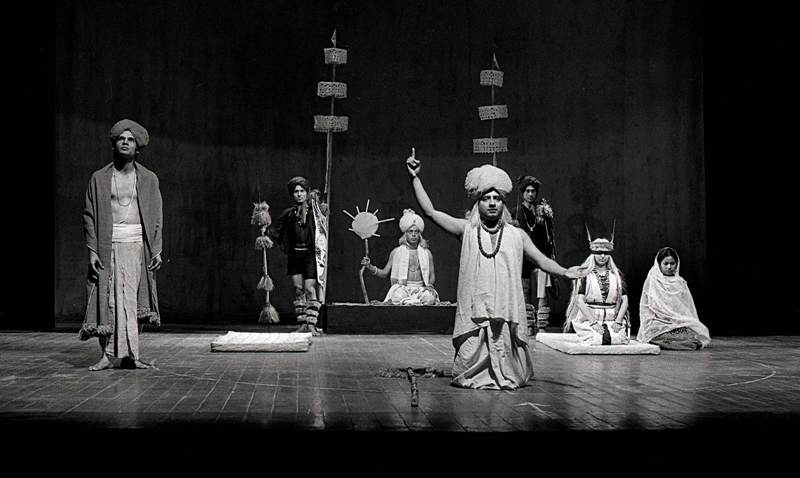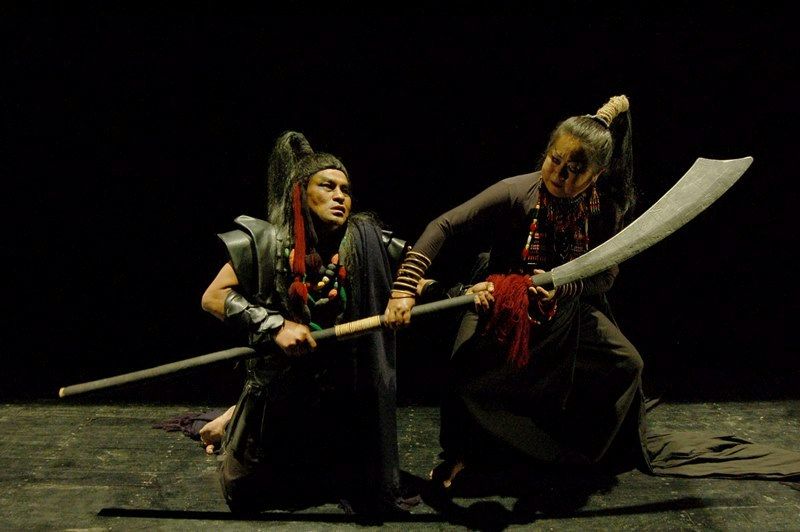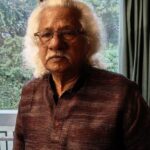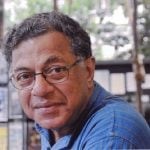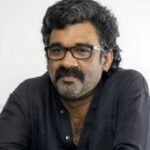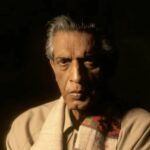Ratan Thiyam Age, Death, Wife, Children, Family, Biography
Quick Info→
Age: 77 Years
Wife: Damayanti Devi
Death Date: 23/07/2025
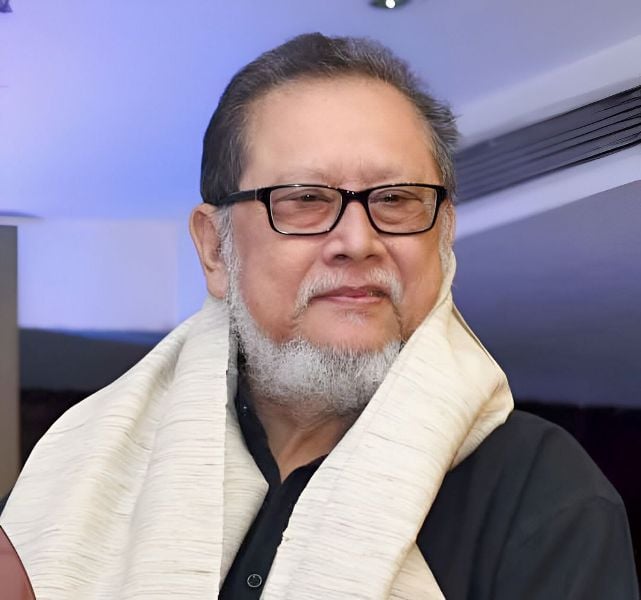
Some Lesser Known Facts About Ratan Thiyam
- Ratan Thiyam was born in Nabadwip, West Bengal, while his parents, renowned Manipuri classical dancers Thiyam Tarunkumar and Thiyam Bilasini, were performing in the region.
- Ratan grew up at his father’s ancestral home on Uripok Haobam Dewan Leikai Road in Imphal, Manipur.
- During his early years, he travelled extensively with his parents’ dance troupe and often slept among costume boxes backstage.
- Although he initially disliked the performing arts due to the constant travel, he grew fond of painting and enrolled in an art school in Imphal at the age of 15.
- At 17, Thiyam published a book of short stories and poems, and also started a literary journal and a cultural magazine.
- Thiyam began his career in the visual arts as a painter. He, however, later shifted to theatre and developed strong skills in directing, designing, writing, and composing.
- Thiyam’s first involvement in theatre began when local actors asked him to write a play. He adapted a Bengali novel and stepped in as an actor when one of the leads dropped out, leading to his deeper engagement with theatre.
- He created a unique style influenced by classical traditions like Bharata’s Natya Shastra, ancient Greek drama, and Japanese Noh theatre.
- Thiyam had a deep understanding of physical expression, which led him to include Thang-Ta, a traditional martial art from Manipur, in his plays to enhance their energy and impact.
- In the 1970s, Ratan became a key figure in the ‘theatre of roots’ movement, which aimed to reconnect traditional Indian theatre forms with contemporary themes.
- Thiyam’s growing passion for theatre led him to join the National School of Drama (NSD) in 1971 to improve his Hindi and Urdu and study acting.
- At NSD, he came under the mentorship of theatre director Ebrahim Alkazi, who deeply influenced his approach to theatre.
- In 1976, Ratan established the Chorus Repertory Theatre on the outskirts of Imphal, Manipur, and also served as its director. In its early days, the group had very limited resources, and he could only offer his actors a cup of tea for their efforts.
- Thiyam was influenced by theatre legends like Utpal Dutt and Sambhu Mitra. He also developed a strong connection to Bengal and was inspired by Rabindranath Tagore, whose works he later adapted and translated.
- In 1986, Thiyam created ‘Lengshonnei,’ a Manipuri version of French screenwriter Jean Anouilh’s ‘Antigone.’ Through this adaptation, he criticised the poor leadership and ethical decline among politicians in his state.
- In 1987, Thiyam became the director of the National School of Drama, New Delhi, and served in this position until 1989.
- Over the years, he also served as the vice-chairman of the Sangeet Natak Akademi.
- In 1989, Ratan was conferred with Padma Shri. He, however, returned it in 2001 as a form of protest against the government’s decision to extend a ceasefire with a militant group.
- In 1994, Thiyam staged ‘Andha Yug’ (The Blind Age) in Tonga, Japan, just one day before the 49th anniversary of the Hiroshima bombing. This open-air performance, based on the Mahabharata, served as a powerful reminder of the horrors of war.
- In 1996, Thiyam directed Uttar Priyadarshi, based on the Hindi play by writer Agyeya, which tells the story of Emperor Ashoka’s journey from inner conflict to peace. The production shared a strong message of accountability and toured across South Asia, Australia, and the U.S.
- His noted plays ‘Urubhangam’ and ‘Chakravyuha,’ drawn from the Mahabharata, are praised for their powerful mix of mythology and modern meaning.
- In 2003, filmmakers Kavita Joshi and Malati Rao released Some Roots Grow Upwards, a documentary that explored Ratan Thiyam’s journey as a theatre artist. It highlighted his political beliefs and how he used theatre as a form of protest and expression.
- Thiyam served as the chairperson of the National School of Drama, New Delhi, from 2013 to 2017.
- In 2014, he brought a Manipuri adaptation of Shakespeare’s ‘Macbeth’ to the stage, placing it in a historical Meitei context while keeping the original character names intact.
- This version of Macbeth went on to open the inaugural Bangladesh International Theatre Festival in 2019, earning acclaim for its cultural fusion and fresh perspective.
- Through decades of dedication, Ratan Thiyam earned a place among India’s most respected theatre visionaries, often referred to as a modern theatre guru.
- He became known as Thiyam Nemai during his theatre career and was widely recognised for using classical Indian performance styles in modern narratives.
- Ratan Thiyam created more than 60 plays over his career. He often managed the writing, music, and set design all by himself.
- His productions were staged globally in countries like the US, Thailand, Russia, Japan, Australia, and New Zealand.
- Thiyam often spoke against the rise of hatred, tribalism, and religious extremism. He felt these changes had damaged the mixed and accepting culture that Manipur once had.
- On 23 July 2025, Ratan Thiyam passed away at the age of 77 after a prolonged illness. He died at 1:30 a.m. at the Regional Institute of Medical Sciences (RIMS) in Imphal.
- After his demise, his body was brought to Chorus Repertory Theatre, where family members, colleagues, artists, and admirers gathered to pay floral tributes.
- Former Chief Ministers Okram Ibobi and N. Biren, along with acclaimed filmmaker Aribam Syam Sharma, visited Chorus Repertory Theatre to offer their respects.

